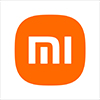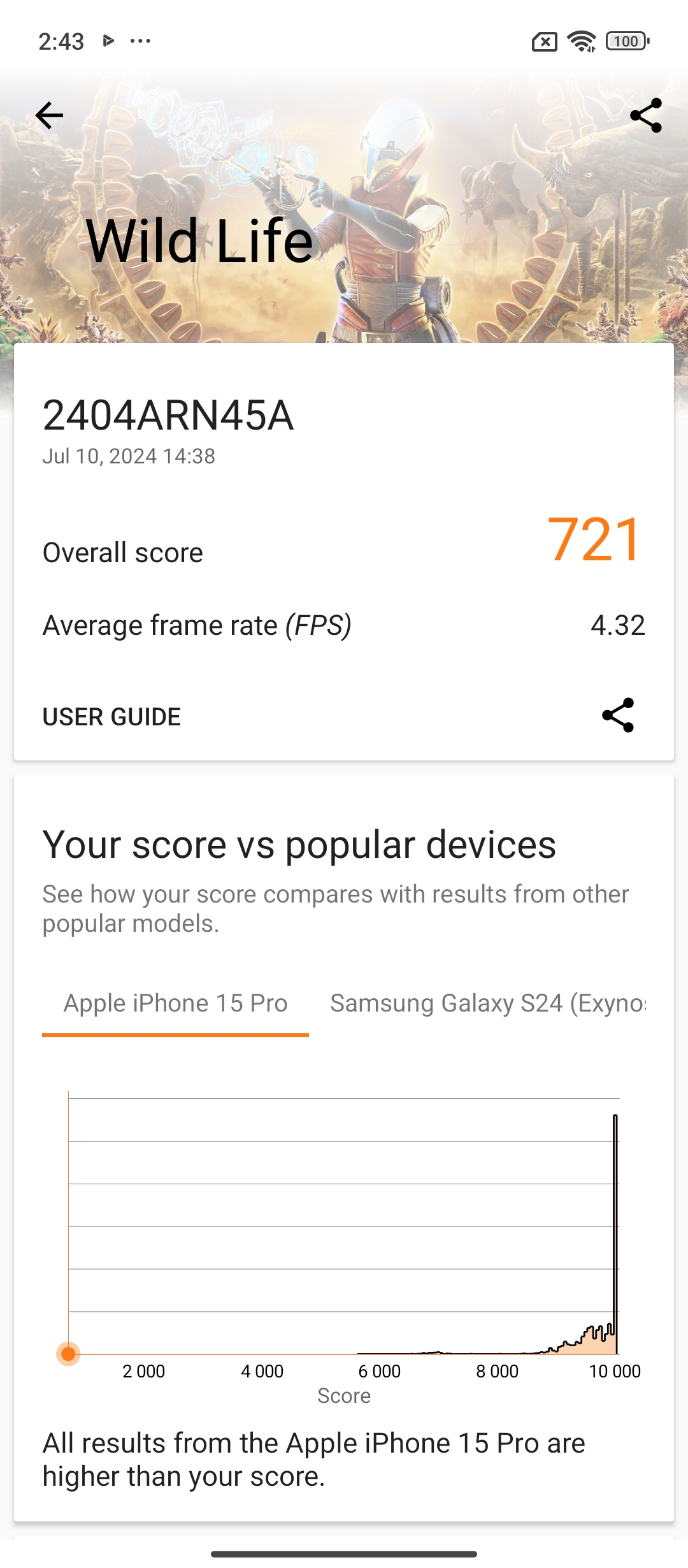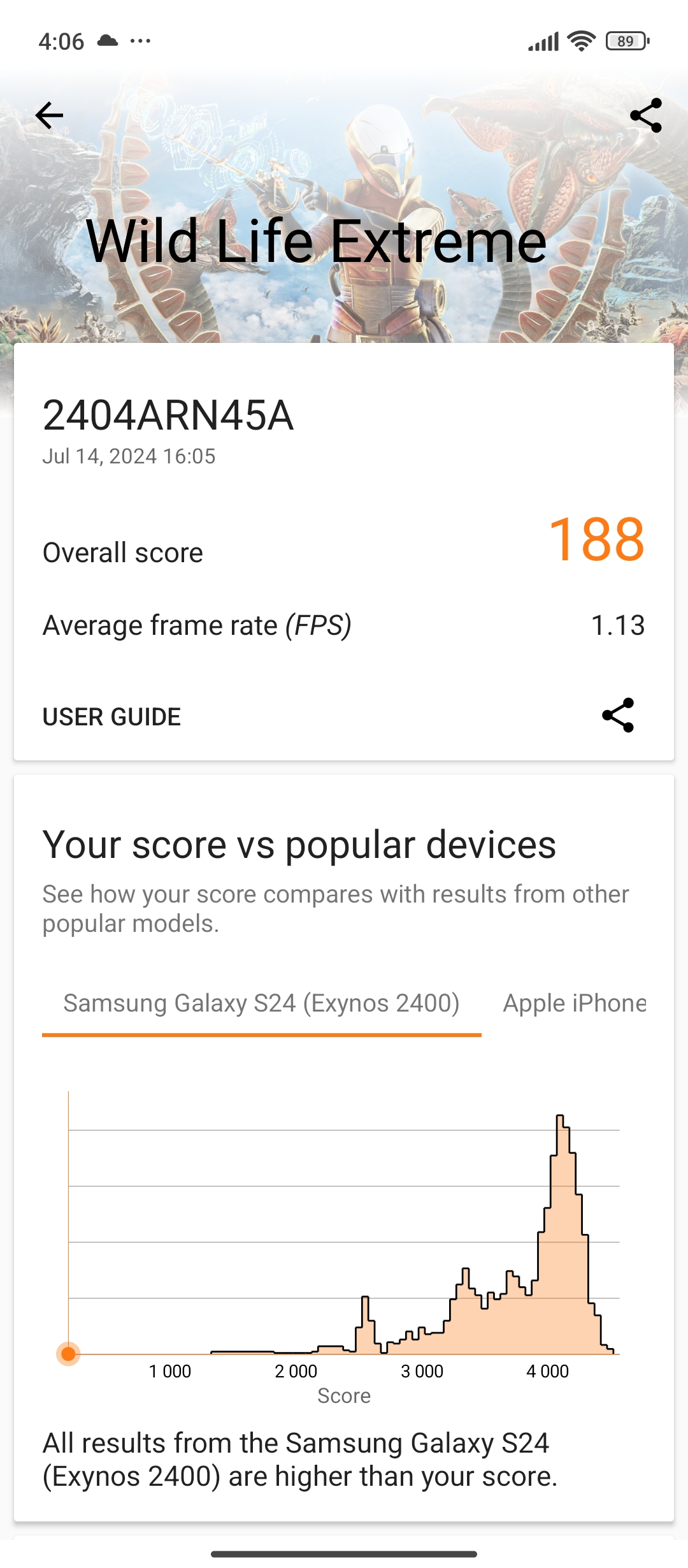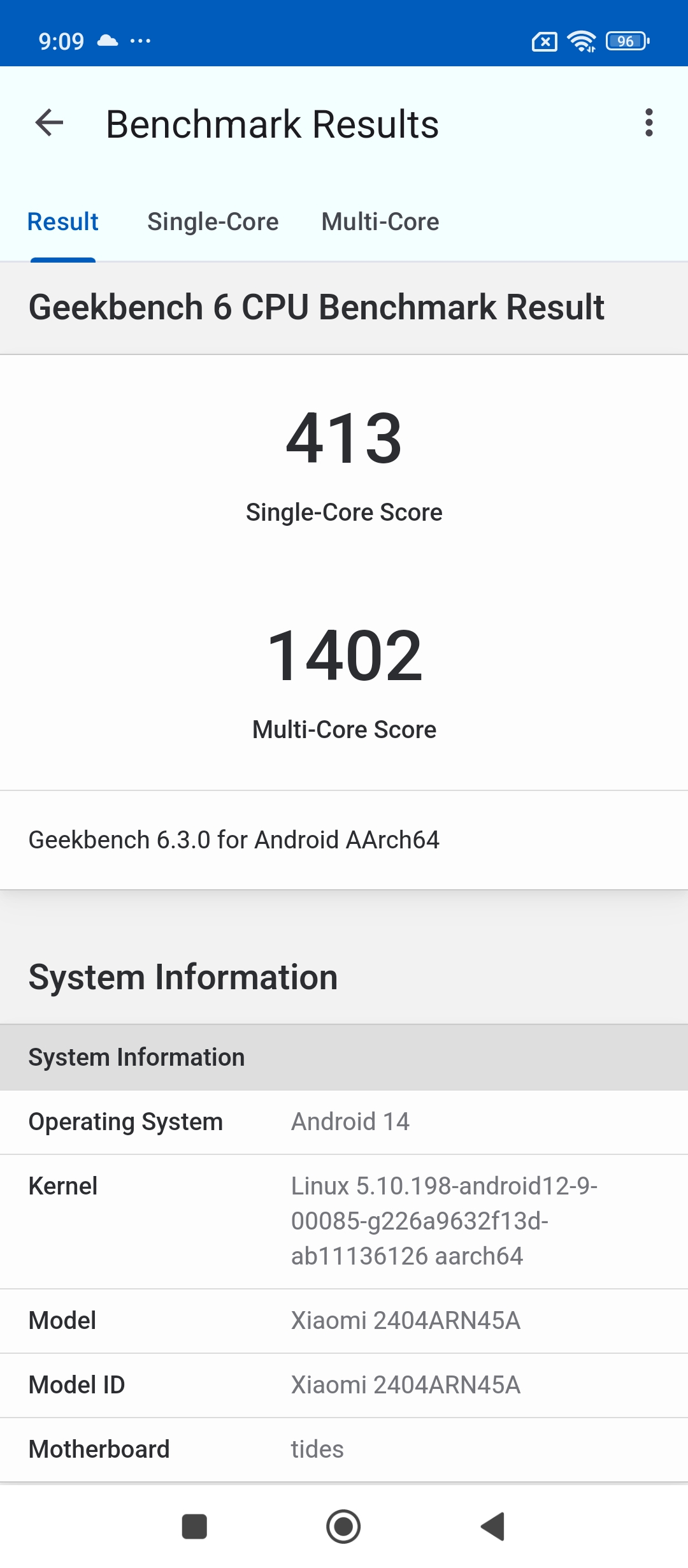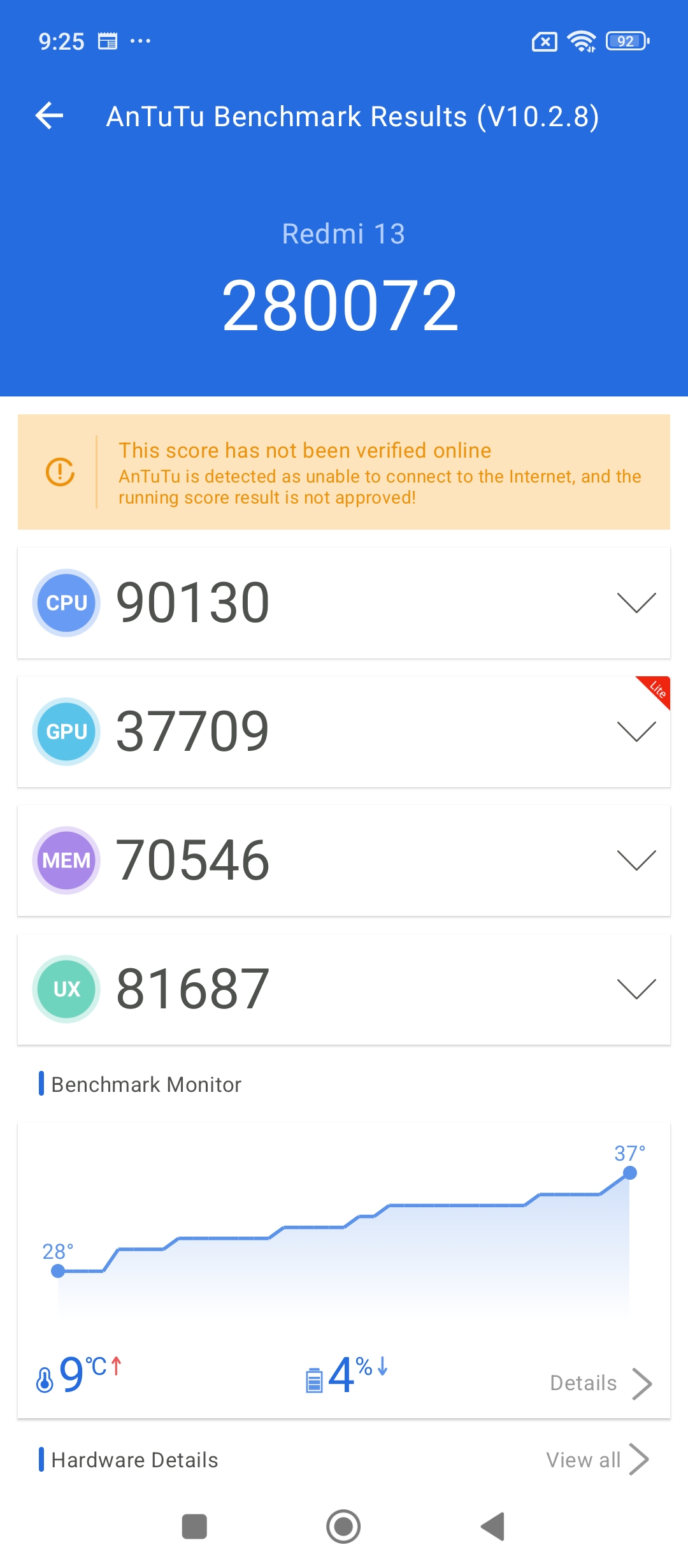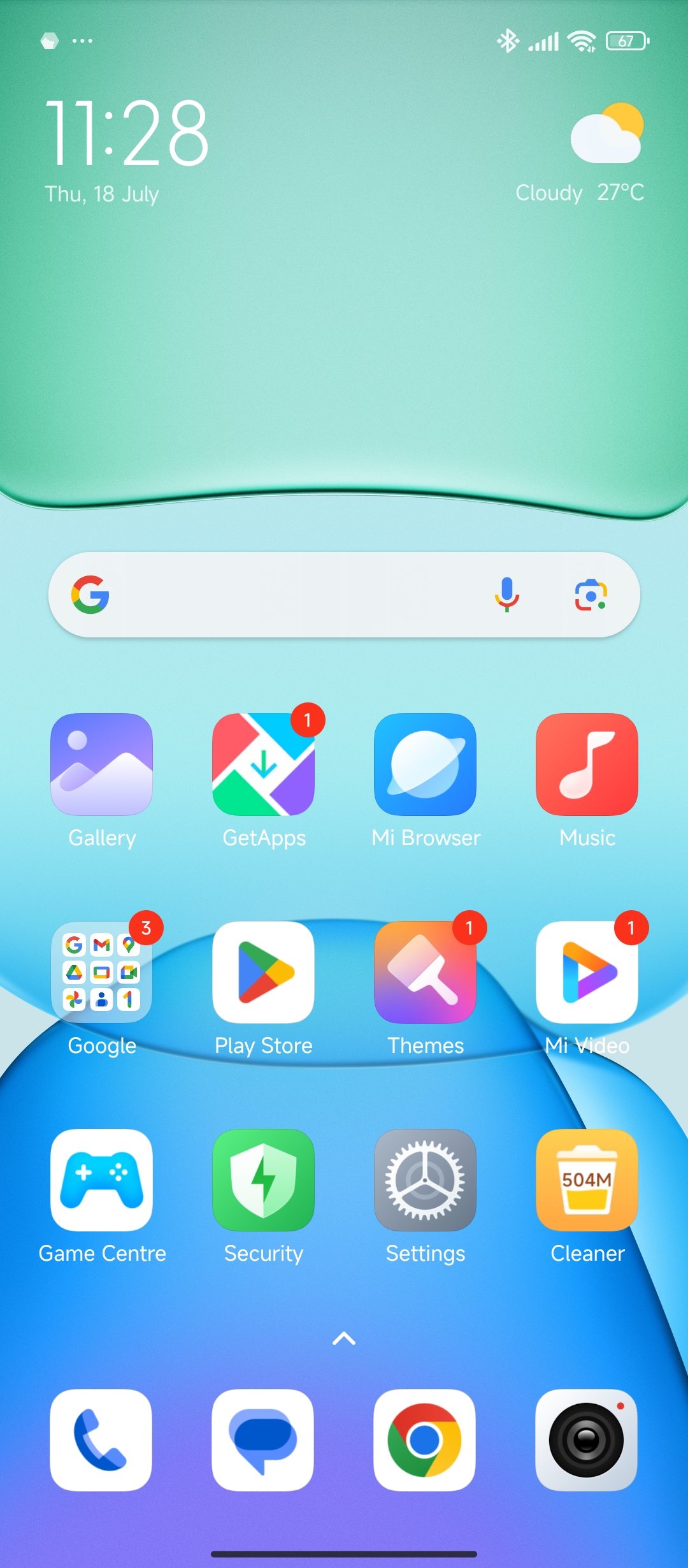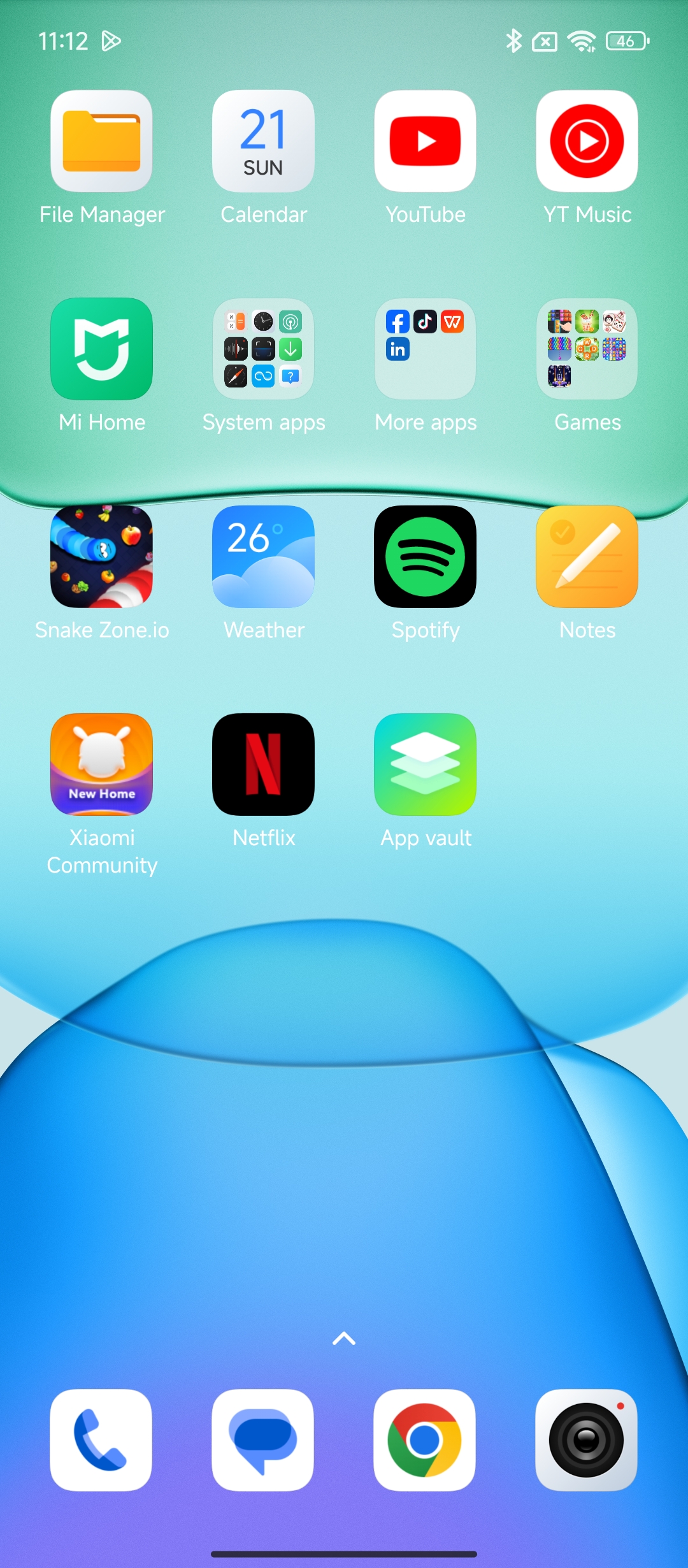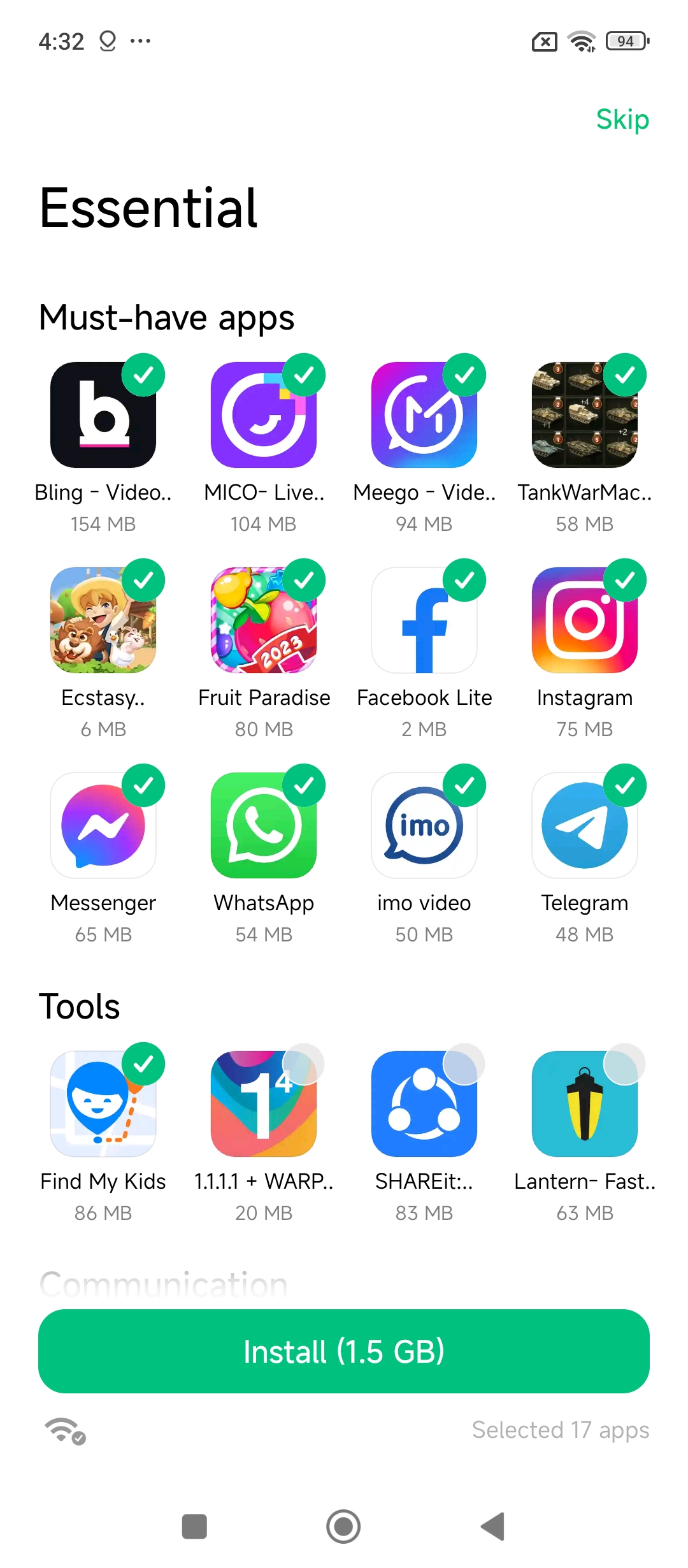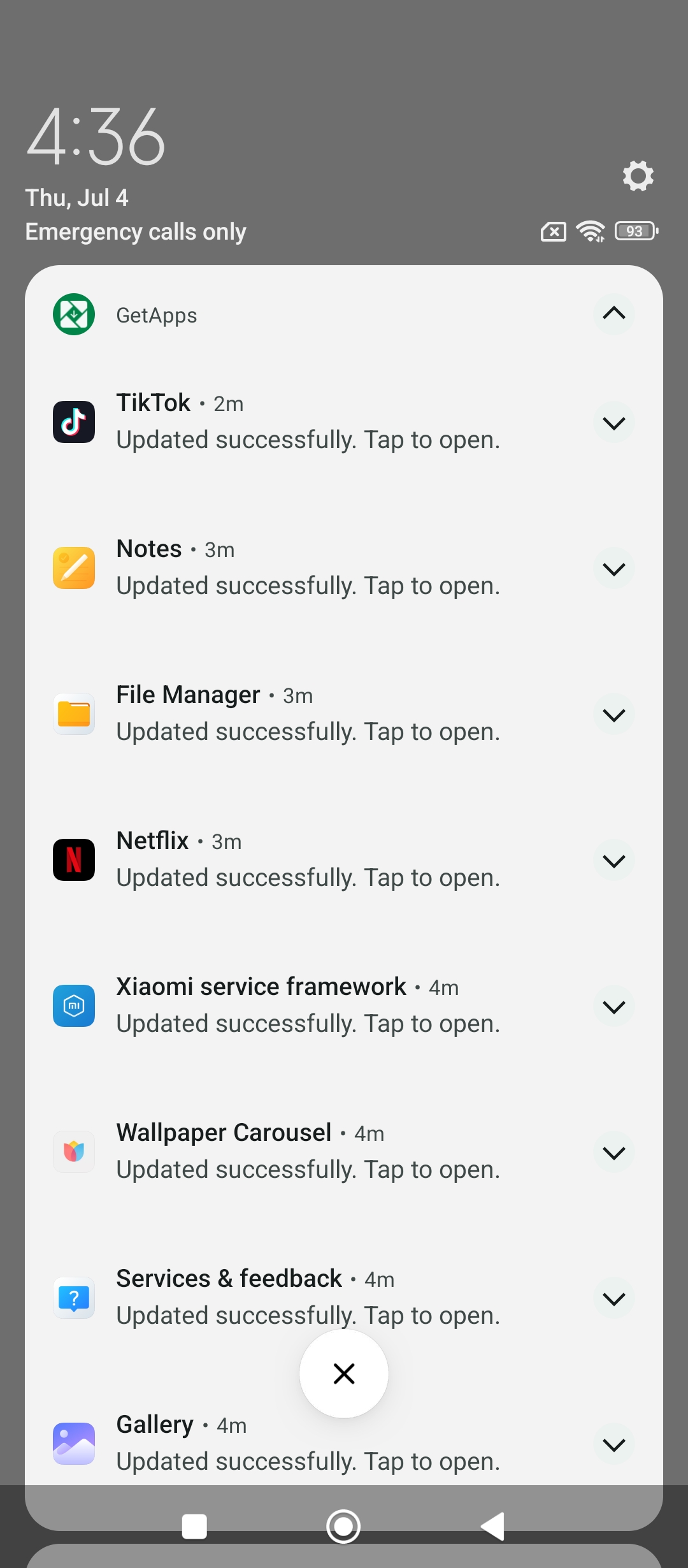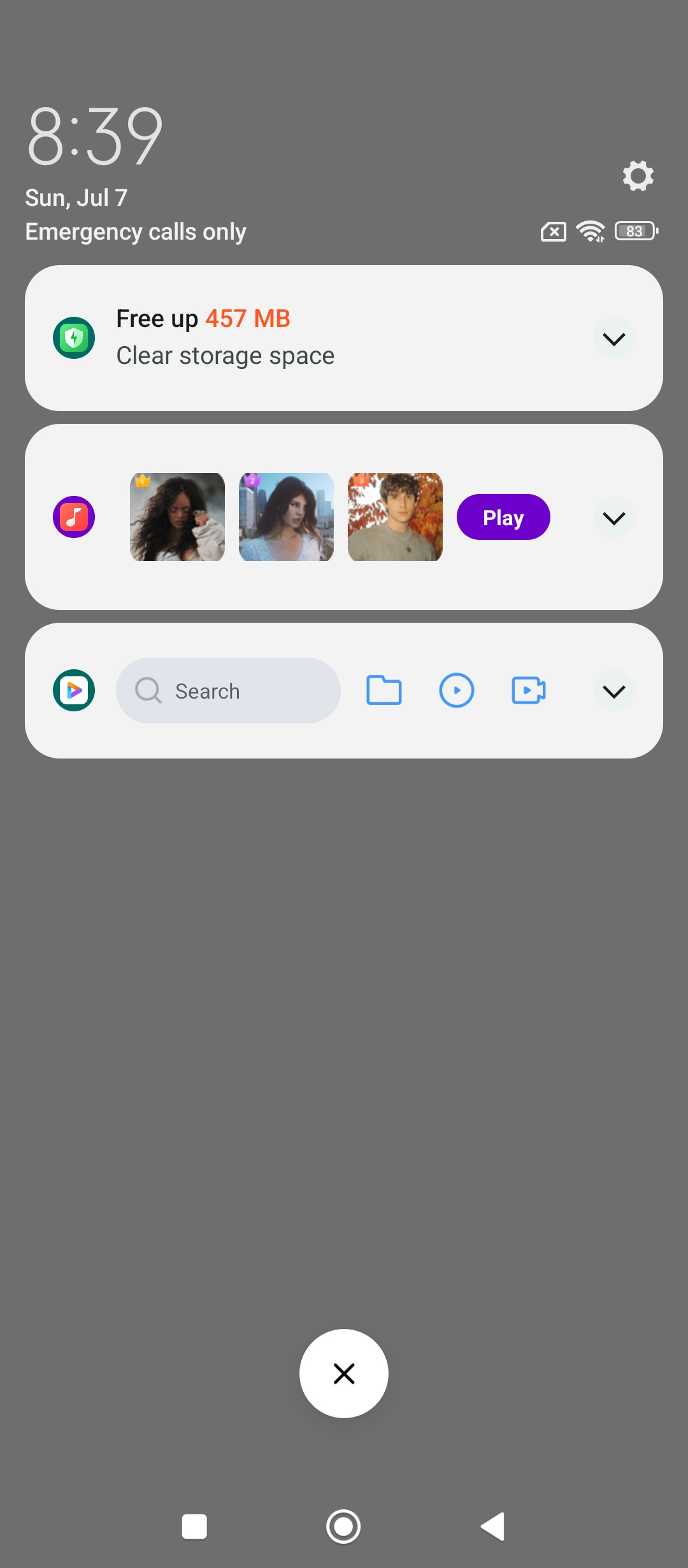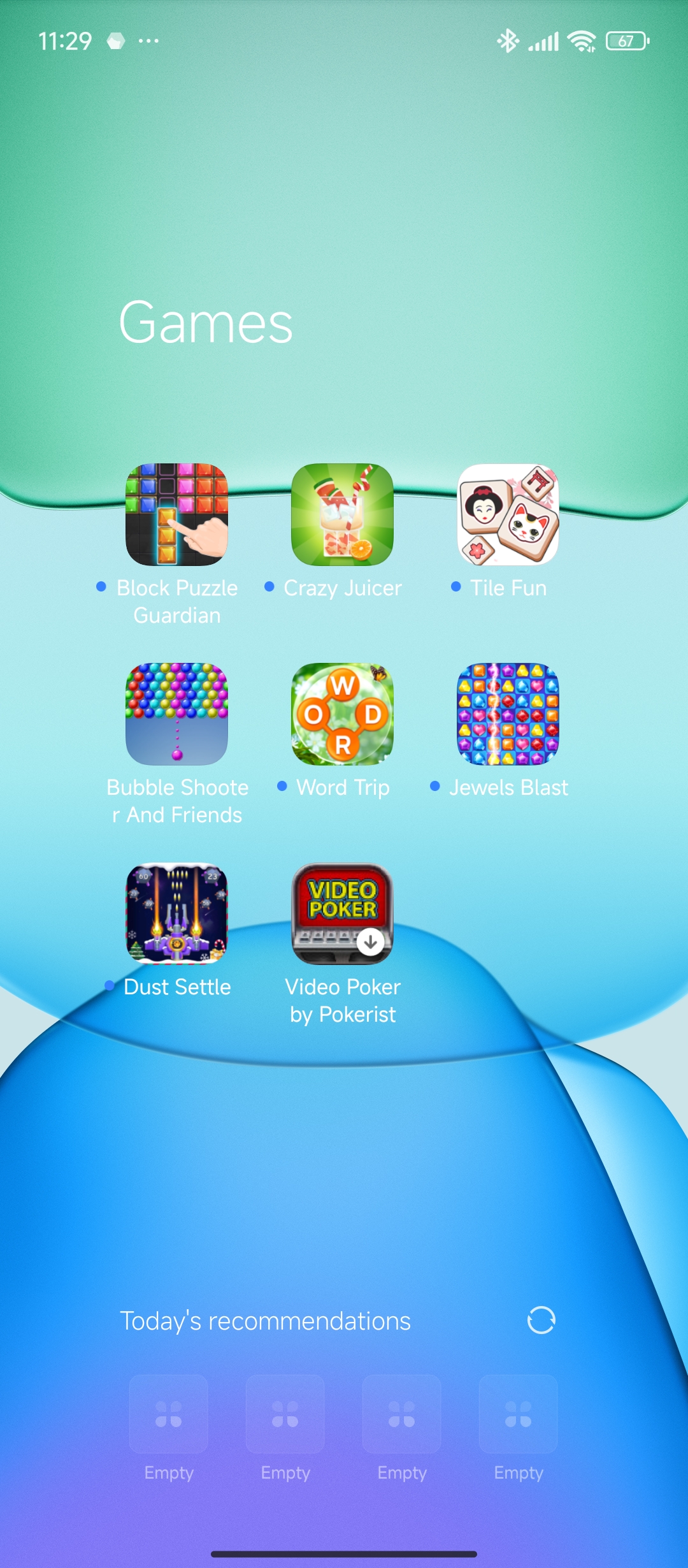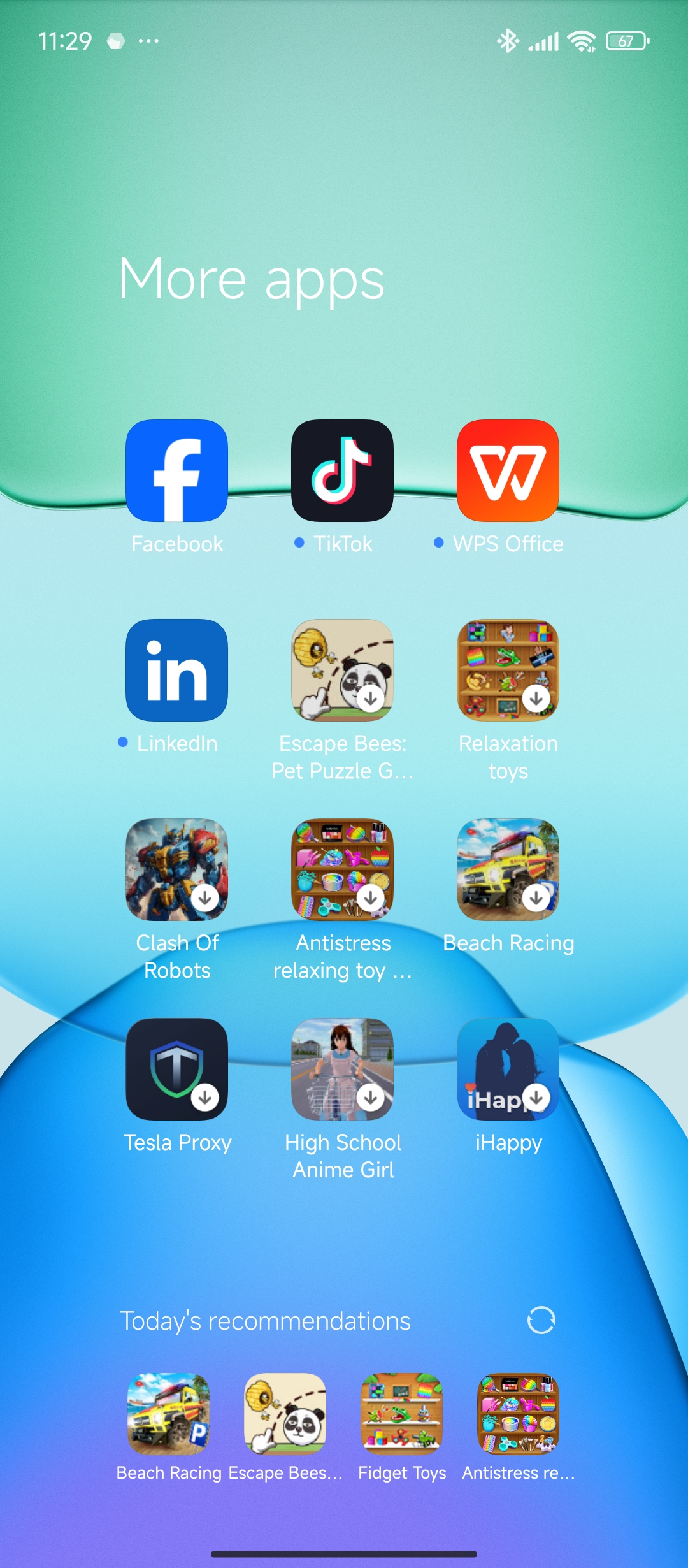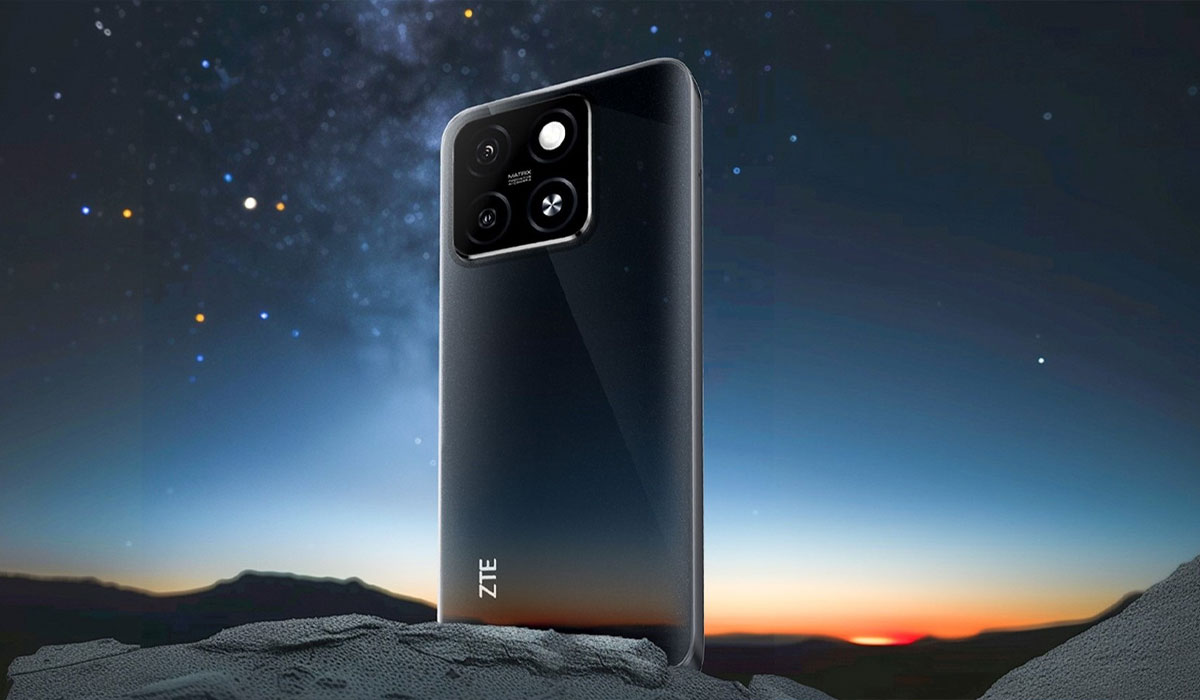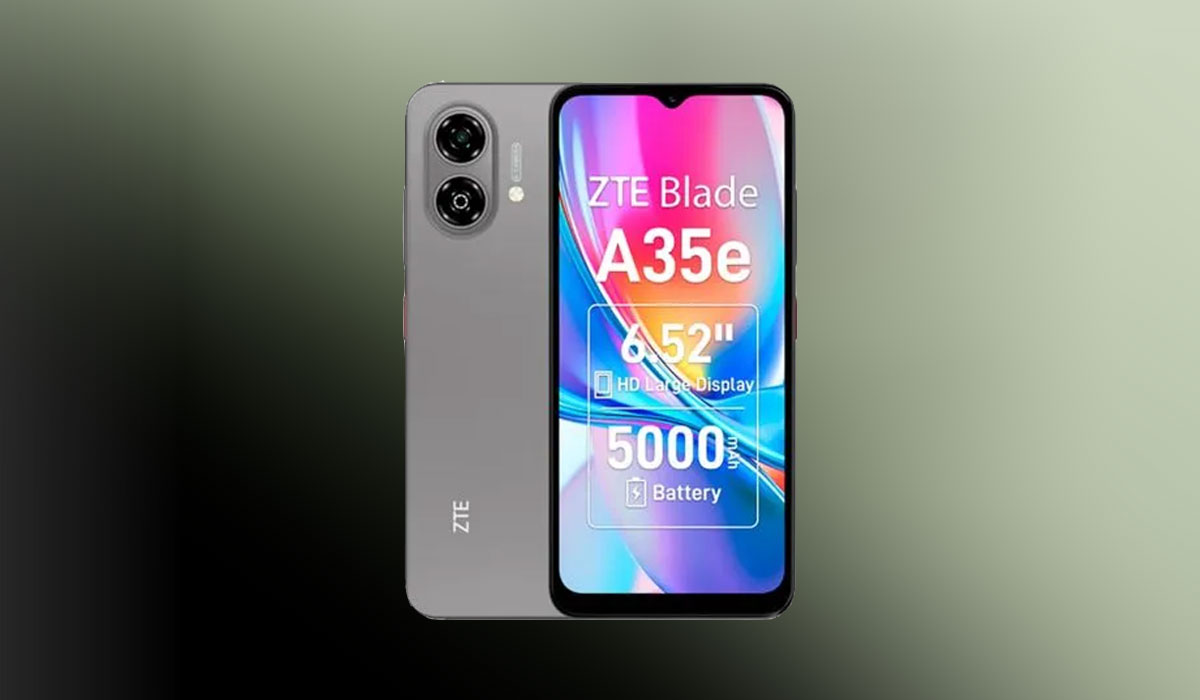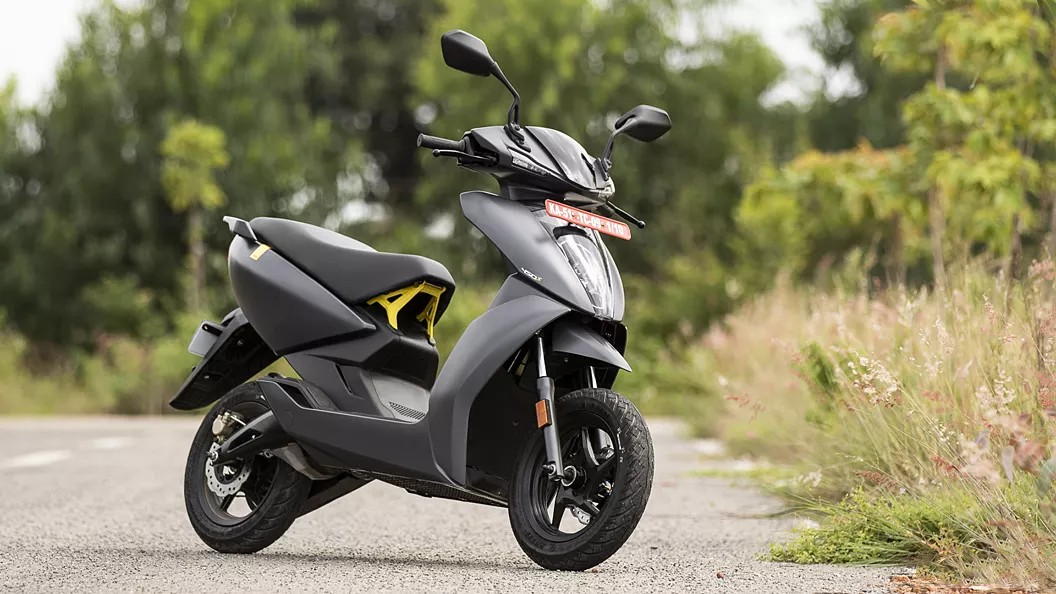Redmi 13 Review: TechLekh Verdict
The Redmi 13 is an overall great phone. I’m impressed with its camera; it takes excellent photos. The design and battery life are also commendable, and the charging speed has been improved to 33W.
However, even though it has a new chipset, the performance remains the same as before. That’s not to say the performance is bad; it handles day-to-day tasks easily. But it would have been amazing if it had an even more powerful processor, as it can feel slow at times. For instance, similarly priced phones like the Tecno Pova 5 and Itel RS4 have better chipsets.
Unfortunately, Xiaomi decided not to include an ultrawide camera this year, which is a drawback. However, as I mentioned, the main camera is great.
Overall, considering everything the phone offers, the Redmi 13 is an all-rounder and the best phone under Rs. 20,000 launched this year in Nepal. It’s the only one in this budget that provides so many good features in one package.
That being said, OnePlus is currently offering a massive discount on the OnePlus N30 SE, reducing the price from Rs. 26,500 to Rs. 18,999. If you can get the N30 SE at this discounted price, it offers better value for money than the Redmi 13, especially in terms of performance.
However, if the offer has ended by the time you read this review, the Redmi 13 is still a solid choice.
Pros
- Great main camera
- Modern design, IP53 rating
- Good enough performance
- Solid battery life
- Fast 33W fast charging
Cons
- No ultrawide camera
- Tons of bloatware apps and system ads
- Performance could have been better
The Redmi 13 is the successor to the Redmi 12, which was the best budget phone of 2023. The Redmi 13 is priced Rs. 1,000 higher than its predecessor. The 6GB/128GB model costs Rs. 18,999, while the 8GB/256GB model is priced at Rs. 21,999.
We all know how much value the Redmi 12 offered for its price. In this review, I will discuss the new changes and improvements the Redmi 13 brings. Most importantly, does the Redmi 13 remain the best phone under Rs. 20,000?
I’m Pranish Khadgi, and this is my review of the Redmi 13.
Xiaomi Redmi 13 Specifications
- Body: 168.60 x 76.28 x 8.30 mm, 205g, IP53 splash/dust-resistant, Corning Gorilla Glass
- SIM: Hybrid Dual SIM (Nano-SIM, dual stand-by)
- Display: 6.79-inch IPS LCD, 1080 x 2460px, 90Hz, 450nits (typ.) 550nits (HBM)
- Chipset: MediaTek Helio G91 Ultra (12 nm)
- CPU: Octa-core (2x 2.0 GHz Cortex-A75 and 6x 1.8 GHz Cortex-A55)
- GPU: ARM Mali-G52 MC2
- Memory: 128GB 6GB RAM, 256GB 8GB RAM
- OS: Android 14, HyperOS
- Rear Camera: 108MP (main), f/1.8, PDAF
- 2MP, f/2.4, (macro)
- Video: Up to 1080p@30fps
- Front Camera: 13MP, f/2.5
- Video: Up to 1080p@30fps
- Battery: Non-removable Li-Po 5030mAh battery, 33W charging
- USB: USB Type-C
- Sensors: Fingerprint (side-mounted), accelerometer, compass
- 3.5mm Headphone Jack: Yes
- Colors: Midnight Black, Sandy Gold, Ocean Blue, Pink
Xiaomi Redmi 13 Price in Nepal: Rs. 18,999 (6/128GB) | Rs. 21,999 (8/256GB)
ALSO READ: Xiaomi Mobiles Price in Nepal (April 2025 Updated)
Xiaomi Redmi 13 Review
Design
- 168.60 x 76.28 x 8.30 mm
- 205 g
- IP53 splash/dust-resistant
- Dual SIM (Nano-SIM)
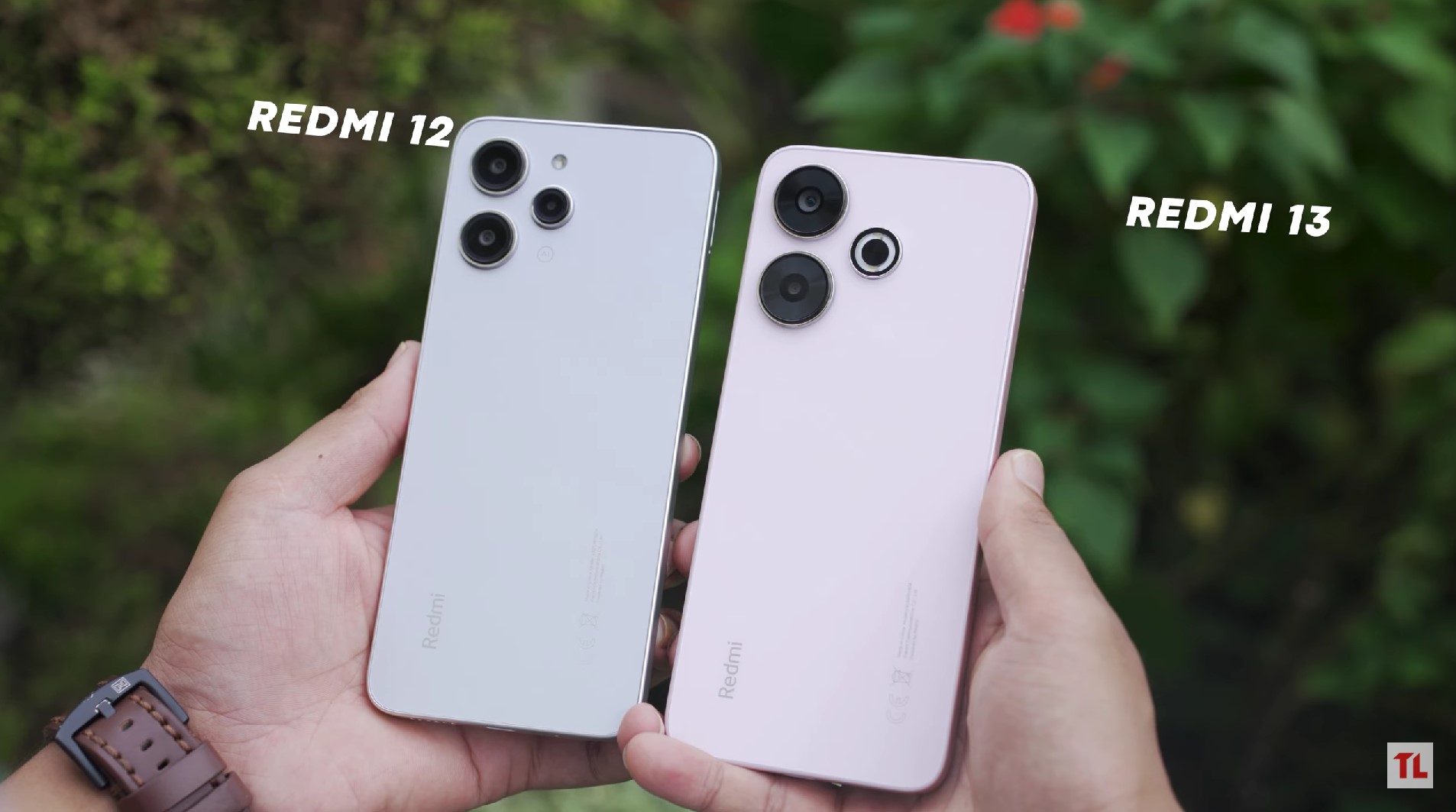
There is not much change in the design of the Redmi 13. The design language is similar to its predecessor. One noticeable change is that, with one less camera, the flash on the rear now takes the place of one of the cameras.
Otherwise, the overall design remains the same, featuring modern, flat sides. It is quite good. Additionally, it has an IP53 splash and dust-resistant rating.
The fingerprint sensor is integrated into the power button on the right side, below the volume buttons. The fingerprint sensor works well and the buttons are tactile.
The bottom side houses a microphone, USB-C port, and speaker, while the SIM card slot is located on the left side. The SIM slot supports two SIM cards, one of which is a hybrid slot for a microSD card.
Similarly, the top side has a 3.5mm headphone jack and an IR blaster. The IR blaster can be used to remotely control devices such as TVs, projectors, and ACs.
Display
- 6.79 inches IPS LCD
- 1080 x 2460 pixels
- 90Hz refresh rate
- 550 nits (HBM)
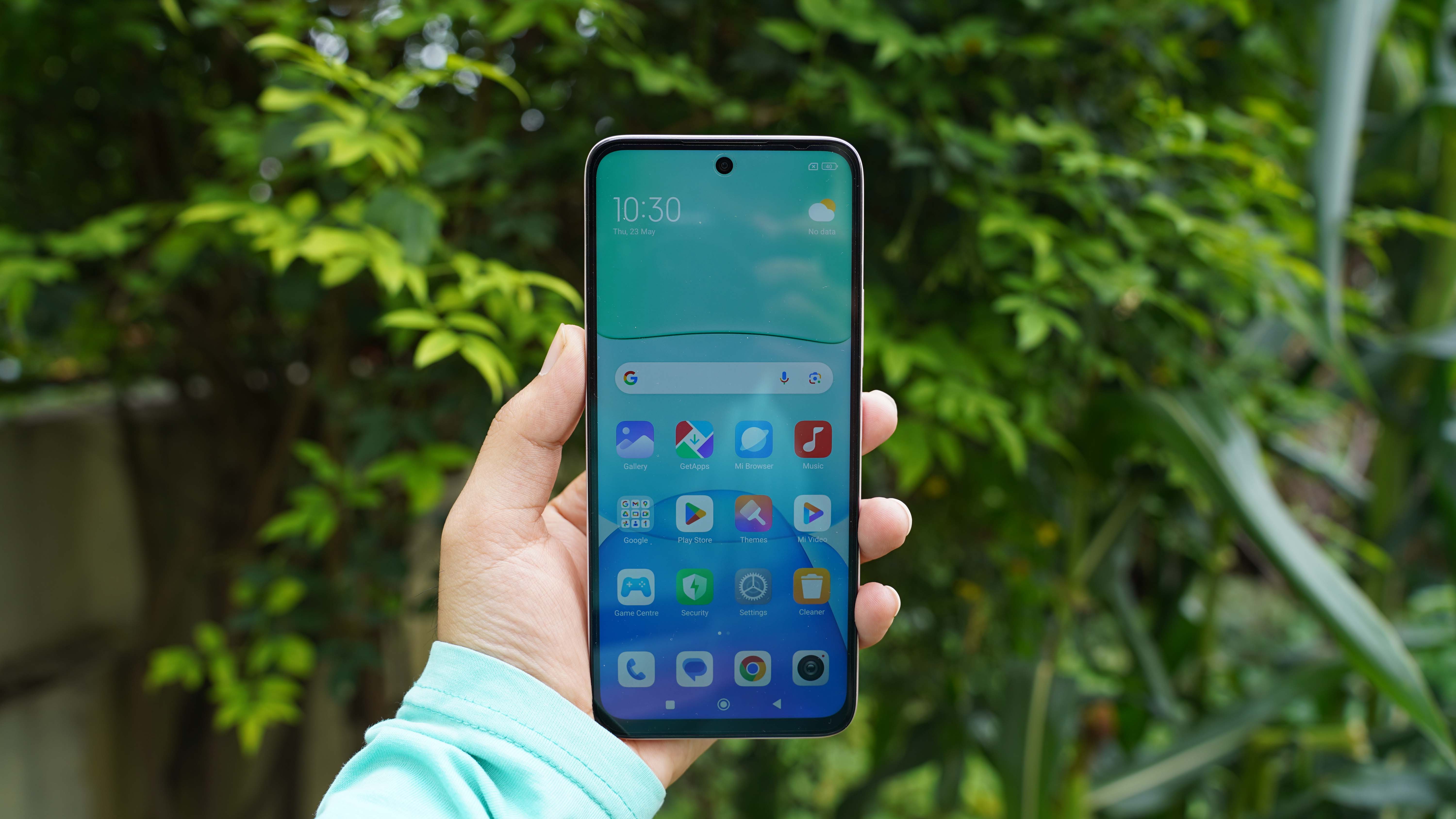
The Redmi 13 has a 6.79-inch IPS LCD display. While it’s not as good as an OLED panel, it’s sufficient for a budget phone. The colors are decent, and the Full HD+ resolution looks sharp.
The display supports a 90Hz refresh rate, making scrolling smooth. However, not all apps support it; for example, Instagram does, but YouTube does not.
The brightness level is acceptable. Xiaomi claims the phone reaches 550 nits under HBM mode. You can use the phone outdoors, but it becomes difficult for extended periods due to visibility issues.
Performance
- Mediatek Helio G91 Ultra (12nm)
- Octa-core (2x 2.0 GHz Cortex-A75 and 6x 1.8 GHz Cortex-A55)
- Mali-G52 MC2
- 128GB 6GB RAM
The Redmi 13 comes with a MediaTek Helio G91 Ultra chipset. The “Ultra” suffix is specific to this phone, but what changes does it bring? No idea. While the Helio G91 is technically a new chipset, it’s very similar to the Helio G85, and Helio G88 used in the Redmi 12.
The G91 Ultra is still the same octa-core processor with two 2.0GHz Cortex-A75 cores and six 1.8GHz Cortex-A55 cores. The only notable change is that the image signal processor (ISP) has been improved; the Helio G91 now supports camera sensors up to 108MP. This is exactly what Xiaomi has done, but we will discuss the camera aspect later.
Otherwise, the performance of the Helio G91 is similar to that of the Helio G88 and Helio G85. The phone comes in two memory variants: 6GB RAM with 128GB storage and 8GB RAM with 256GB storage. I have the former model.
It’s important to note that the Helio G91 Ultra is still a budget chipset and is not the best option available. It may not feel very snappy, and you might need to wait a few seconds for any new app to open. Taking a quick photo can also be slow, as it takes time to open the camera app and capture an image. Therefore, Xiaomi has room for improvement in terms of performance.
Nevertheless, the phone handles basic tasks easily, and you can comfortably use regular apps and social media platforms. I will discuss gaming performance shortly.
There is one specific issue I encountered. While watching Reels on Instagram, some videos — especially high-resolution ones — were choppy and did not play smoothly.
I faced this issue frequently and even tried lowering the refresh rate from 90Hz to 60Hz, hoping the processor might handle the load better, but to no avail. However, I am not sure if this problem stems from the chipset, as there are cheaper phones that do not have this issue. This made watching Reels less enjoyable on the Redmi 13.
Other than this, I did not find any other major issues.
The Helio G91 Ultra is a decent chipset. I wouldn’t say it’s a bad chipset for the price, but Xiaomi could have provided a more powerful processor.
For example, the Tecno Pova 5 (Rs. 20,990 – 8/128GB) features the Helio G99 SoC, and the OnePlus Nord N30 SE has also seen a significant price drop to Rs. 18,999, coming with a Dimensity 6020. Both processors are much more powerful than the Helio G91.
Gaming
Now, let’s talk about gaming. I tried PUBG Mobile and Genshin Impact, two of the most demanding and popular mobile games today.
On PUBG Mobile, the frame rate can be set to Ultra. When I played the game with an Ultra frame rate and Smooth graphics, I got an average of 33fps. However, it wasn’t as smooth as I would have liked. The lags became more noticeable after playing for a few minutes, especially when multiple enemies were around.
But it’s not entirely unplayable. The game is still enjoyable and can be played to pass the time. The Redmi 13 also supports a gyroscope, but it’s not very responsive.
Similarly, I tested Genshin Impact, which is a very resource-heavy game and is known to run slowly on most devices.
On the Redmi 13, the graphics defaulted to the Lowest setting. I set the graphics to Low and the FPS to 60 for the test. In this setting, the phone delivered an average of just 18fps with frequent frame drops. Because Genshin Impact is an open-world game, the low frame rate isn’t a major issue, but the gameplay is not particularly smooth.
Camera
- Rear Camera: 108 MP, f/1.8
- 2MP, f/2.4, (macro)
- Front Camera: 13MP, f/2.5
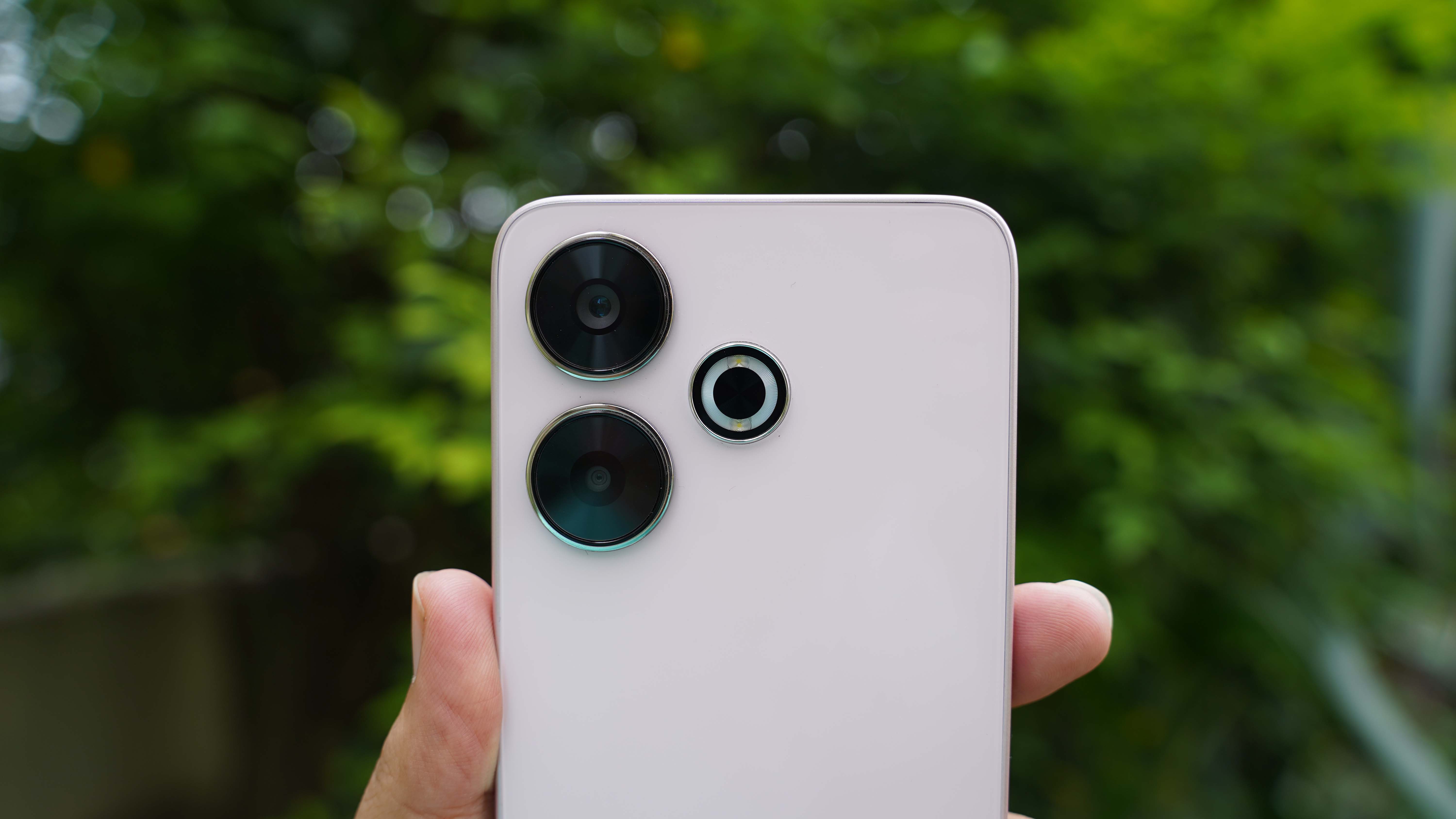
The one change the Redmi 13 brings, thanks to the Helio G91 chipset, is the new 108MP camera. Unfortunately, Xiaomi traded off the ultrawide camera for the higher-megapixel main camera.
In addition to the main camera, it now only has a 2MP macro camera. On the front, it has a 13MP selfie camera.
Main Camera
The main camera of the Redmi 13 is impressive, especially for a budget phone. The photos it takes are quite good, with well-captured detail and colors, and a decent dynamic range. The level of detail is slightly lower in the shadows, but for a low-cost phone, this is acceptable.
However, the HDR performance is inconsistent; sometimes it works well, and other times it doesn’t. Despite this, I generally like the photos it produces.
3x Zoom
With its 108MP camera sensor, the Redmi 13 offers 3x digital zoom, and it’s surprisingly good. This is uncommon in budget phones. Even when budget phones have a high-resolution camera, their digital zoom capabilities are usually not impressive. For this reason, I had low expectations for the Redmi 13’s 3x zoom, but I was pleasantly surprised. The photos have more detail and appear sharper.
Portrait Mode
Photos of people also turn out well, with natural-looking skin tones. The background blur in portrait mode is satisfactory, though not entirely convincing. Overall, the results are decent.
Front Camera
The photos from the front camera are generally decent. At times, the face can appear over-sharpened, lacking natural detail. However, when it works well, the smoothened face looks natural and pleasing.
Although it can’t match the main camera, the selfie camera is decent overall.
Videos
- 1080p@30fps
The phone can shoot videos up to 1080p at 30fps. The stabilization isn’t good; the footage is shaky and lacks detail, and the video appears over-sharpened. However, this is common with budget phones, so it’s not a major issue.
Battery
- 5030mAh, 25W charging
- Android 14
- HyperOS

The Redmi 13 has a 5030mAh battery that easily lasts a full day. The charging speed has also been improved.
The Redmi 13 supports 33W fast charging, an upgrade from the 18W on the Redmi 12, which is commendable in this price range.
It took 1 hour and 14 minutes to charge the phone from 0% to 90%. The charger is provided in the box. So, there are no complaints regarding the battery and charging.
Software
- Android 14
- Xiaomi HyperOS
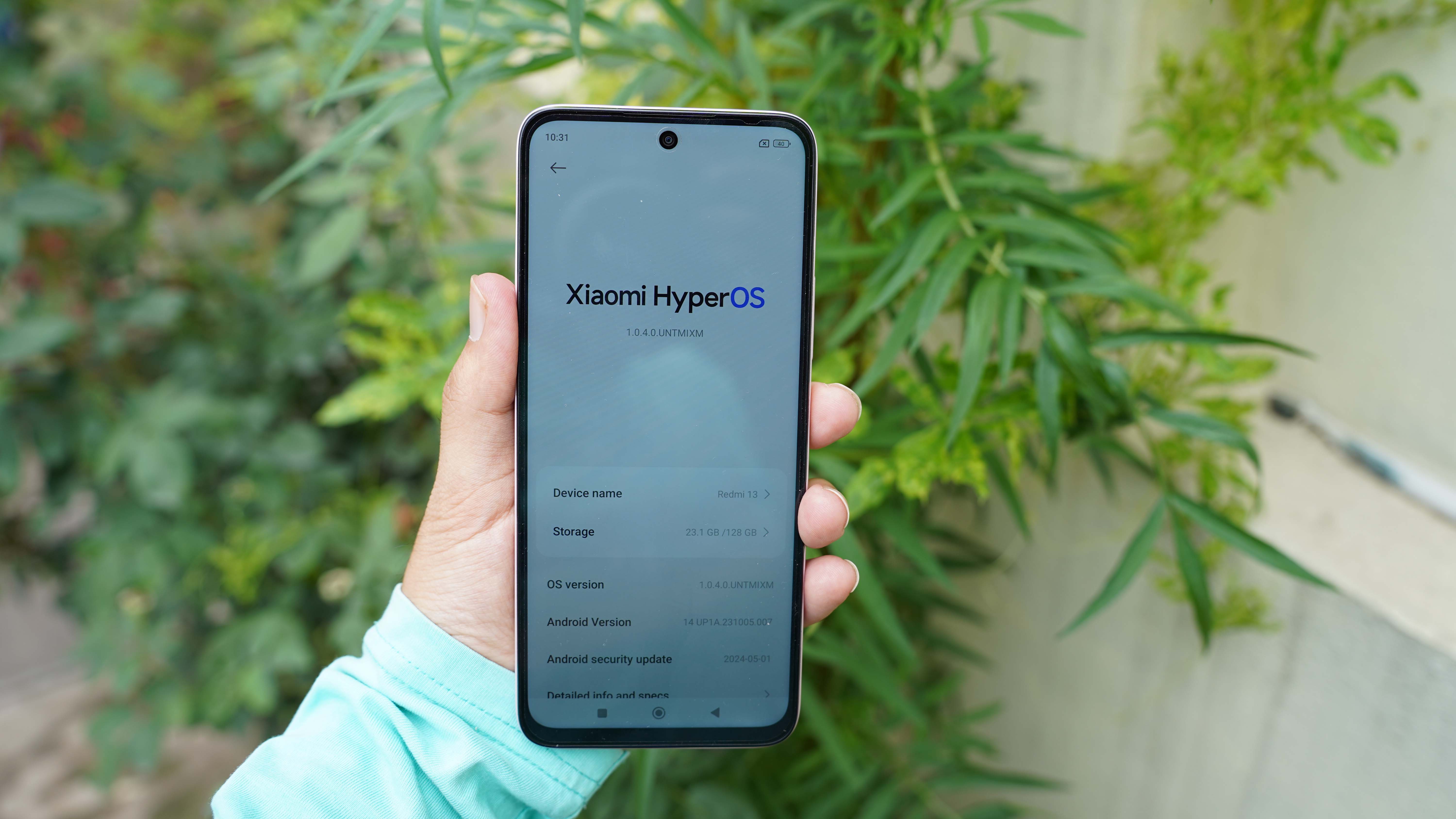
The Redmi 13 comes with Android 14 out of the box, topped with Xiaomi’s HyperOS. Xiaomi has not specified how long the phone will receive software updates. According to Xiaomi, HyperOS is lighter than MIUI, which helps the phone feel faster.
Unfortunately, the phone comes with a plethora of bloatware. You can uninstall the third-party apps, but there are over 60 apps pre-installed on the Redmi 13.
Additionally, it’s frustrating to use the phone when ads are baked into the OS. There are ads in Xiaomi’s own system apps, notifications, and even in app folders. You can stop the ads in app folders by disabling an option called “Today’s Recommendation,” but it’s on by default, and not many people know you can disable it.
Moving on to the new features, the Redmi 13 strangely does not include all of the HyperOS features, presumably due to its performance limitations.
For example, the phone has the new HyperOS lock screen options and the glass filter. However, not all lock screens are available; the new Magazine lock style is missing.
The Redmi 13 also lacks the new quick settings introduced in HyperOS. Another notable feature the Redmi 13 does not have is multitasking options. The phone does not support split-screen or pop-up window modes, so you cannot use multiple apps simultaneously.
The old MIUI features are still present, such as creating large folders on the home screen, changing themes, and showing or hiding the app drawer that organizes apps by category.
READ NEXT: Best Phones Under 30000 in Nepal (April 2025 Updated)
So, this is my Redmi 13 review. What do you think about the phone? If you have any questions, please let me know in the comments!
-
ZTE Blade A55 with 90Hz Refresh Rate Launched in NepalHIGHLIGHTS The ZTE Blade A55 price in Nepal is Rs. 11,999 (4/64GB) and Rs. 12,999…
-
ZTE Blade A35e Launched in Nepal: Cheapest of the BunchHIGHLIGHTS The ZTE Blade A35e price in Nepal is Rs. 10,499 (2/64GB). The phone is…
-
2025 Ather 450S Arrives in Nepal: Improved Range at Affordable Price!HIGHLIGHTS Ather 450S price in Nepal is Rs. 3.25 Lakhs. The 2025 Ather 450S is…







